The Mokerlink 2G04210GSMX is one of the newer breed of 2.5GbE and 10GbE switches that has a few unique features. While it is rarely the cheapest, it has both SFP+ and 10Gbase-T ports, a web management interface, and meager power consumption. When not striving to be the absolute cheapest, we get a few more features, which is nice in a crowded field of low-cost 2.5GbE switches.
If you want to check the current pricing, we purchased this from Amazon. Here is an affiliate link to the one we bought.
Mokerlink 2G04210GSMX Overview
We first covered this switch in our 2024 Mega round-up, which you can find here:
We have also added this switch to the Ultimate Cheap Fanless 2.5GbE Switch Buyer’s Guide, which lists 50+ models. Bookmark that page to get the latest. We will like all of these reviews from that page.
When we purchased this switch it was $96. At the time of publication, there is an additional 10% off coupon, bringing it to under $87. While these are not the cheapest ones that we see with coupons selling for under $40, they also have more features.
Mokerlink 2G04210GSMX Hardware Overview
On the front of the switch, we start with something familiar. There are four 2.5GbE ports as this is what we call a 4+2 switch with four 2.5GbE ports and two 10G ports.
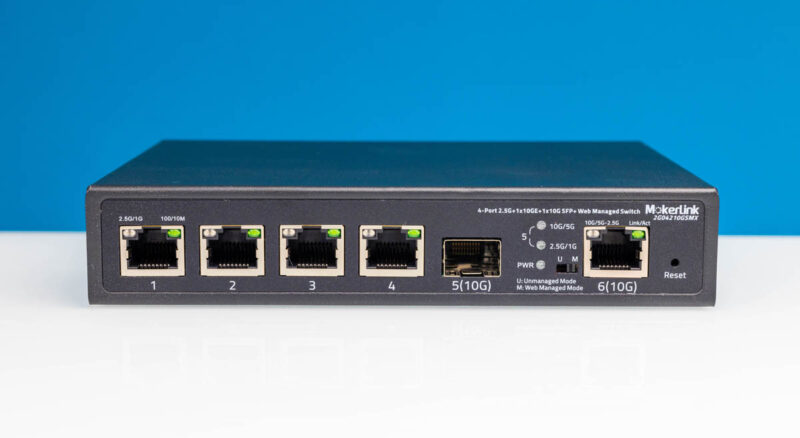
The two 10G ports are different. We get a SFP+ as well as a 10Gbase-T port. Some will hate this as they want two SFP+ or two 10Gbase-T, and that is very fair. Others want a mix of ports so that is what this switch provides.
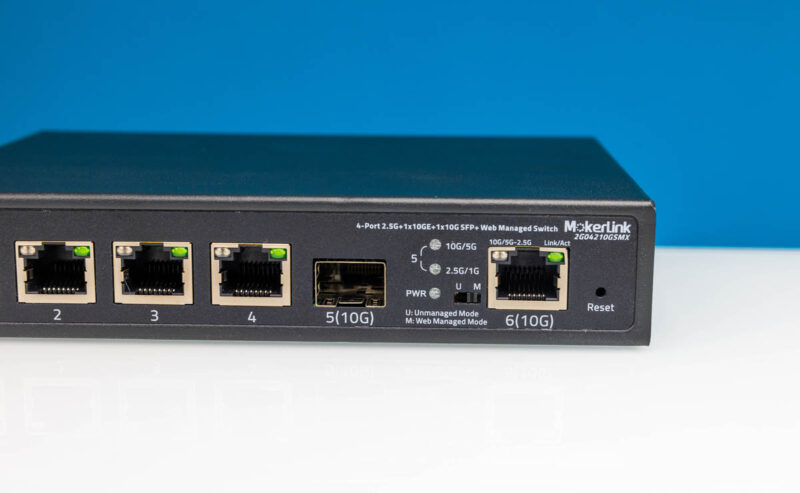
Another prominent front feature is the U and M switch for Unmanaged and web Managed modes. Many of these switches are pure unmanaged no frills switches. Some have port isolation switches. This is the higher-end management solution with a web management interface.
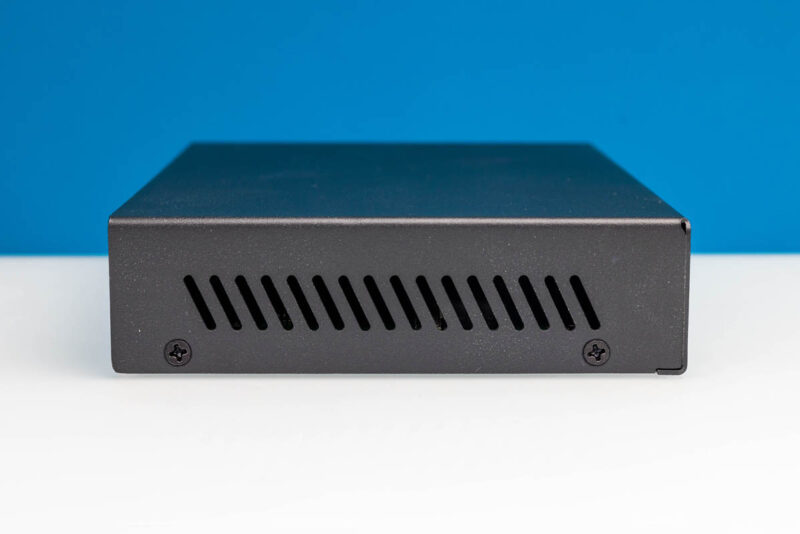
On both sides, there are vents.
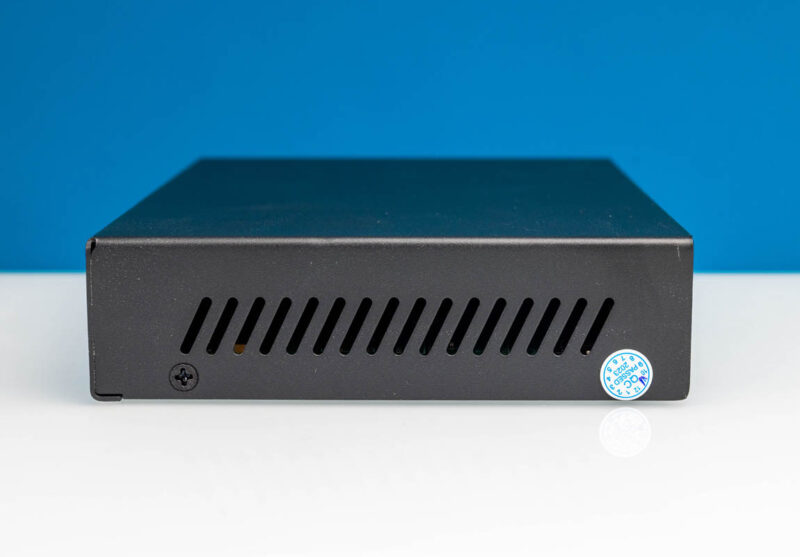
The rear has the DC input and a grounding point.
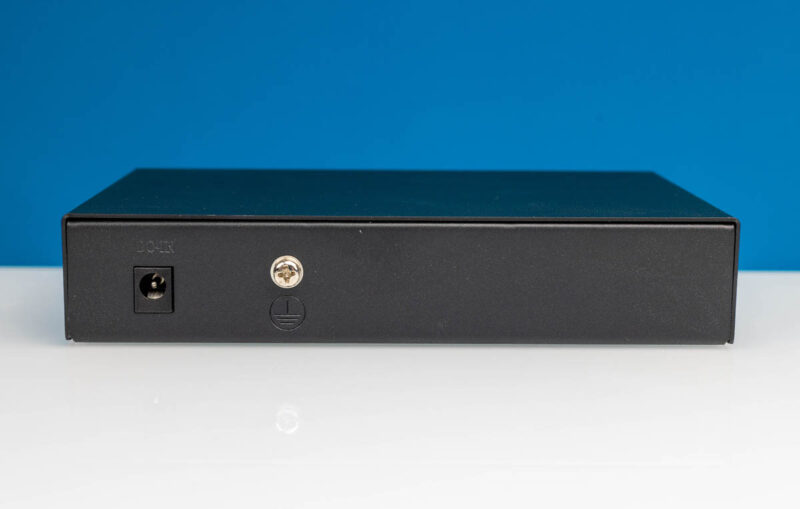
On the bottom, we get a standard label and wall mounting points. The label has the DC input at 12V and 2A. We also get the management IP address of 192.168.2.1.
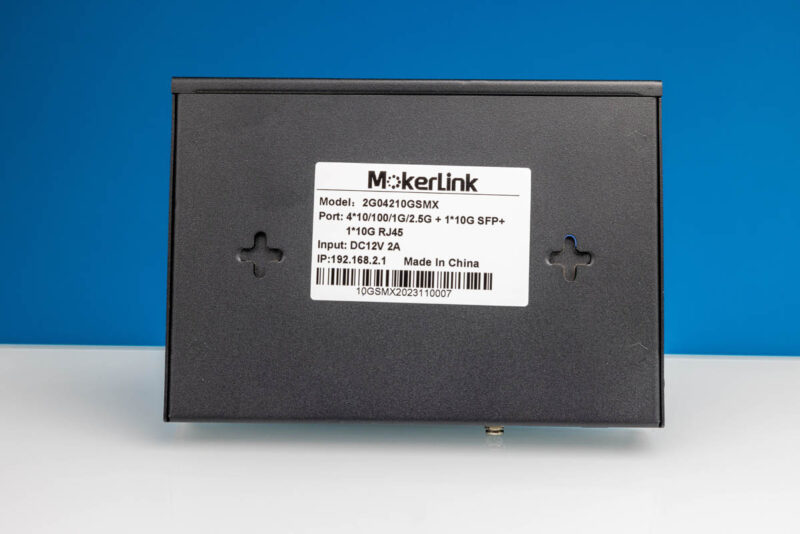
We can see one of the larger 4+2 boards inside the switch.
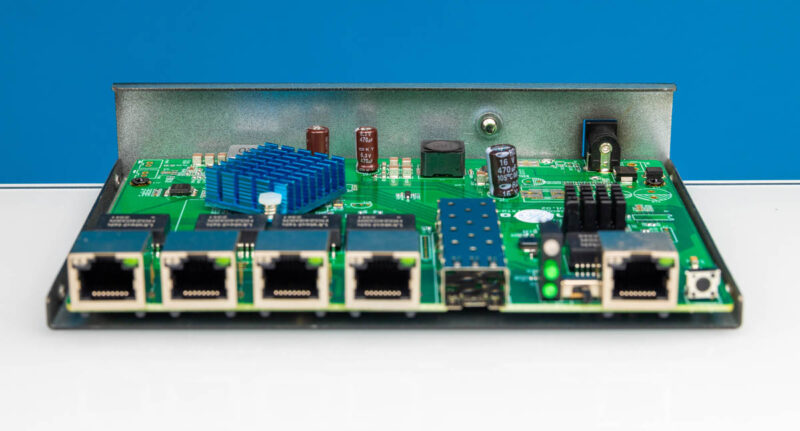
Here is a view of the simple board inside the switch with something that is a bit different, seeing the blue and black heatsinks. We will quickly note that this is fairly obviously a Hasivo S600W-4GT-1SX-1XGT-SE cousin to the point that the QC sticker is covering the Hasivo branding on the board.
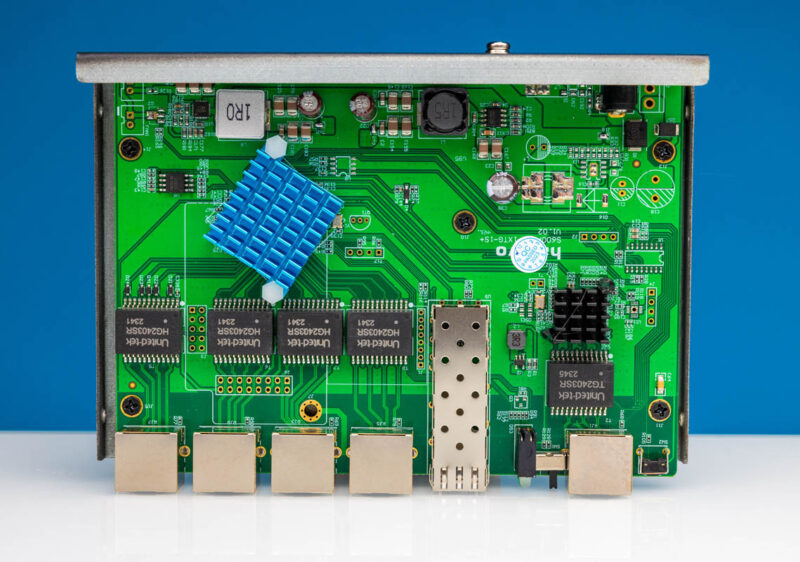
Here we get one of the bigger Realtek switch chip heatsinks that we see in this class of switch. We also like blue heatsinks for STH.
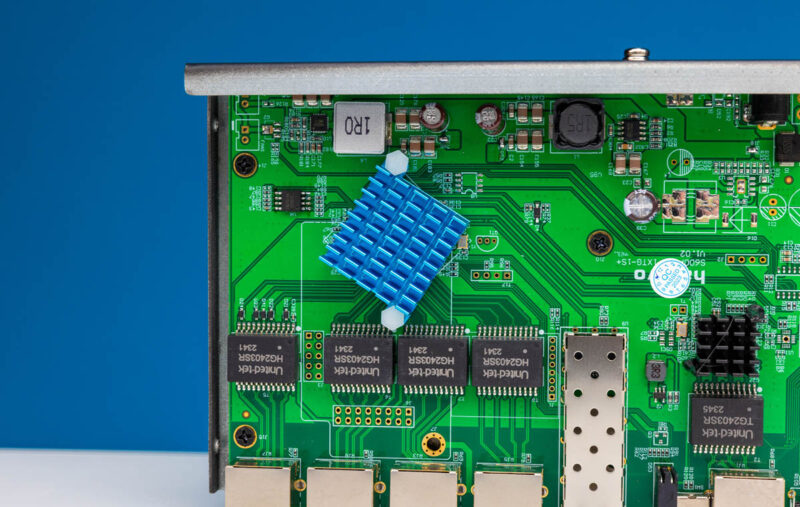
On the other side, we have a black heatsink for the 10Gbase-T PHY. That is a notable difference between this and SFP+-only switches. It is good that the PHY has its own heatsink.
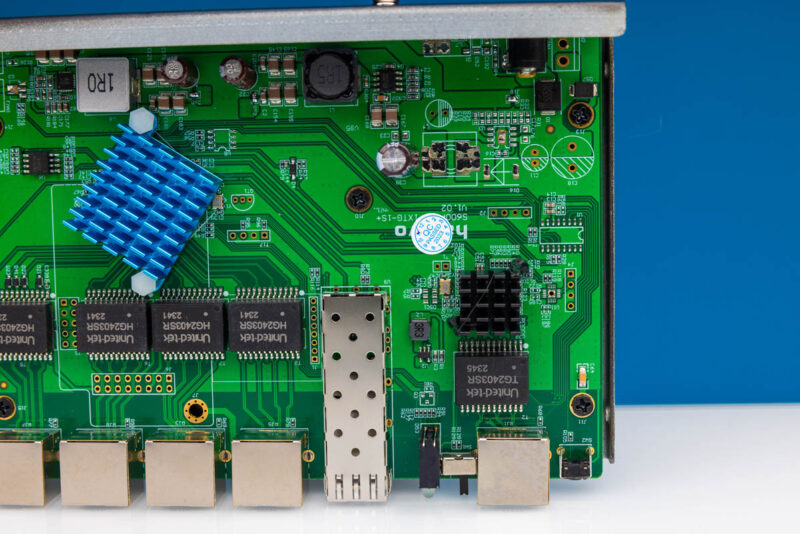
In the top corner, you may have noticed that there are unplaced components. There is also a PoE version of this switch. We expect that one is a Hasivo S600WP-4GT-1SX-1XGT-SE cousin.
Next, let us get to management, performance, and power consumption.

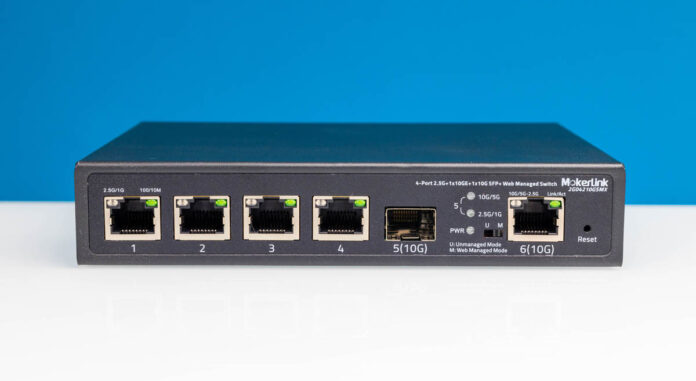



Given the rate web interfaces spring security leaks, even brand names such as Cisco need timely updates and sometimes don’t get them. For a brand such as Mokerlink, could an unmanaged switch be better?
@Eric Olson,
I used to avoid managed switches too until I got into VLANs. For now, my firewall is set to prevent outbound traffic originating from the switch IP address which reduces (but doesn’t eliminate) the risk.
The last managed switch I got – a TP-Link – was fully supported by OpenWRT so I wiped the factory firmware and put that on it, which has regular updates and a much lower likelihood of back doors, so that’s always an option once these types of switches have been on the market long enough to get support from open source firmwares.
Yeah good luck with that, Malvineous. I doubt there will ever be anyone coding OS firmware for these ‘unbranded’ units.
Does this switch really work for VLAN segregation? I got an 8 port Mokelink managed switch and it only allows trunk ports with traffic and there is no traffic for ports set for a certain VLANs.